How Ralph Fiennes got ripped — in his 60s
At 62, the actor has been transformed for his latest role as Greek hero Odysseus in The Return. His trainer explains how he did it. Would you try it?
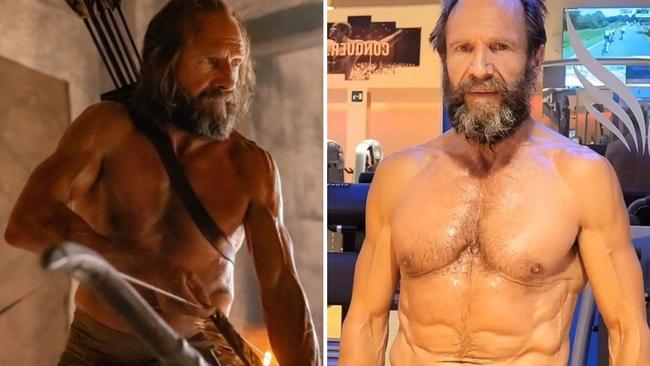
What does it take to get the body of a 62-year-old Englishman to look like a buff, bronzed, taut-chested, Greek hero? Ralph Fiennes, currently starring on screen as Odysseus in The Return can tell us. Or at least his fitness trainer, Dan Avasilcai, can. A gruelling regime of 5.30am starts, six days a week to begin weight training, followed by running and on some days ballet got Fiennes into shape as the ultra-toned, ultra-lean king.
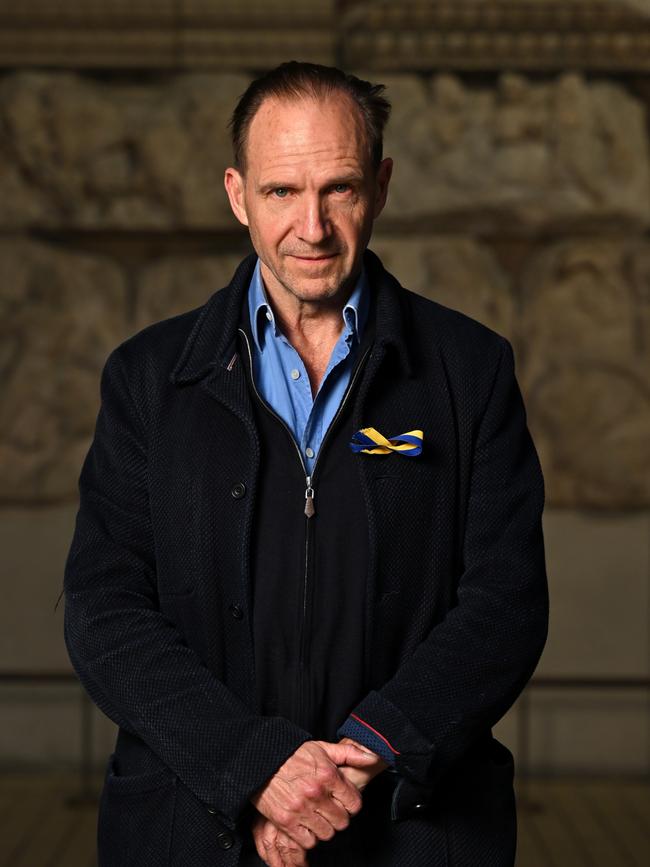
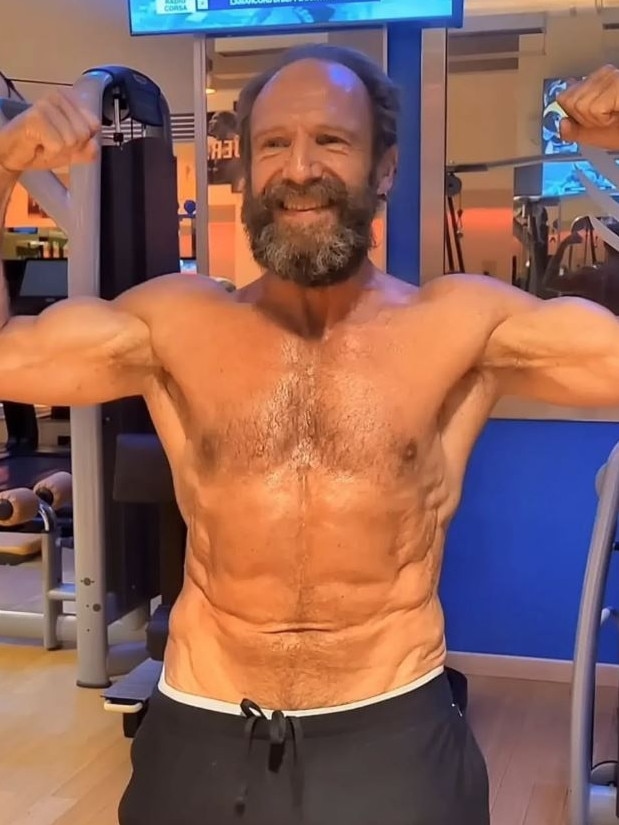
Fiennes’s astonishing body transformation has drawn as much attention as the film itself — which was released last weekend. For his role in the film based on Homer’s Odyssey, he needed to develop the physique of a hero in exile — somewhat starved, but fit — meaning Fiennes had to lose over a stone in weight. Avasilcai is a former competitive bodybuilder based in east London. While Fiennes is one of his main clients (he had worked with him on previous films including The Forgiven and The King’s Man), Avasilcai trained other cast members of The Return, and has also worked with Harris Dickinson — soon to play John Lennon in Sam Mendes’s upcoming Beatles film.
The training program Fiennes undertook is, obviously, not for the faint-hearted. “I said I wanted to look ropey — like a piece of old rope,” Fiennes has said. It started two and a half months before shooting began in Corfu, gradually reducing Fiennes’s weight from nearly 80kg to 73kg by the first day of filming. Training continued throughout the next few months, beginning with those 5:30am strength-training sessions tailored to the demands of a sixty-something body.
“At that age, injury prevention is everything,” Avasilcai explains. “You can’t train a 60-year-old like you would a 20-year-old. Their muscles, bones and joints are different. I kept Ralph’s workouts strict and safe. Form is everything.” Fiennes’s program also included running six days a week, ballet classes for posture once a week and daily massage therapy. His diet was high in protein, moderate in fats and low in carbs, with meals portioned and often cooked by Avasilcai himself on set. Tough, but there was the odd treat. “Occasionally I would surprise Ralph with our favourite Italian gelato,” Avasilcai says.
Sometimes, to get that veiny look for shirtless scenes, Fiennes would have to forgo water the night before as well as on the day of the shoot — despite temperatures of around 30 degrees. “That look is just for a few days shooting the movie,” Avasilcai says. “It’s not sustainable. In a normal routine, it’s important to hydrate properly.”
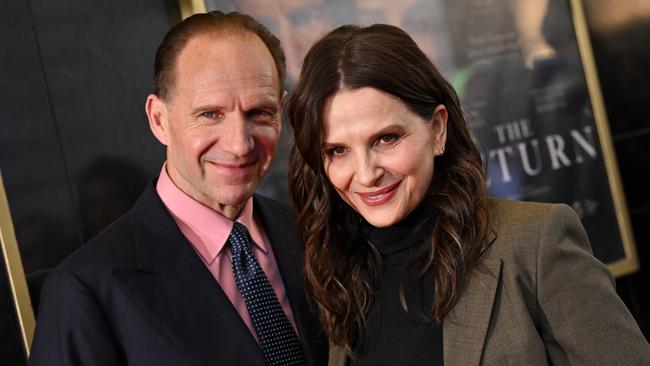
The results were so good that, according to Avasilcai, who is based at the Muscleworks Gym in east London, Fiennes continues the regime now, training five days a week, running regularly and sticking religiously to meal plans. “He feels great. He has more energy, no joint pain and he’s stronger than ever. He can do 17 pull-ups, 78 press-ups in a row and he’s bench-pressing 65kg. At 62, that is incredible.”
So, could any sixty-something pull this off? “Yes,” says Avasilcai. “But the main goal should be to become the best version of yourself — don’t compare yourself to other people. And remember that with all diet and fitness advice, there is no one size fits all. Everyone is different and has different needs.”
How to get fit after 60 and beyond: the celebrity trainer’s tips
Lift weights — slowly
Strength training is crucial in midlife — it preserves muscle mass and protects ageing joints and bones. Avasilcai’s method focuses on slow, controlled movements with good form. Fiennes trains with compound lifts like squats, rows and presses, gradually increasing the weight without compromising technique. “He’s 62 and stronger than he was ten years ago,” Avasilcai says. “He lifts heavy, but he never gets injured.” That’s because safety comes first, he says. If your form breaks down, it’s because you’re lifting too much. Progress comes from consistency and being smart, not pushing past pain or chasing numbers. “Form, tempo and discipline — that’s what gets results.”
Keep workouts under an hour
Training beyond 60 minutes is counter-productive, Avasilcai says. After an hour, stress hormones rise and recovery slows. “You want intensity, not exhaustion,” he adds. For midlife clients, this time window allows for a sustained regime without burning out. It also means you’re more likely to stick to your fitness plan. “You can train almost daily if you recover well and keep it tight,” he says. In the long run, that consistency is more powerful than the occasional marathon workout.
Do cardio three times a week
Cardio is important — and if you’re new to exercise, walking is a great place to start. “Start with a walk and then build up your pace each week, turning that into a fast walk and then a gentle jog,” Avasilcai says. “And then even a ten-minute jog is better than doing nothing.” When it comes to running, treadmills are the way to go. “For people over the age of 50 or 60, or people with mobility issues or the degenerative issues with bones that come with age, running on a treadmill is safer than running outside because it gives you a bit of that suspension,” he adds.
Prioritise protein
Older bodies need more protein to recover and maintain muscle. Avasilcai suggests 2g of protein per kilo of body weight. For Fiennes, that came from lean meat, fish, Greek yoghurt and protein shakes. “When I told him how much he had to eat, he was worried he was going to gain weight. But he got leaner,” Avasilcai says. This is because protein helps to regulate blood sugar, support hormone health, and reduce cravings. It’s also critical post-workout, when muscles are rebuilding. “You need to fuel the repair process,” he says. “Starving the body won’t help you age well.”
Eat carbs before bed
It may seem counterintuitive, but Avasilcai encourages clients to eat slow-release carbs in the evening. “They help lower cortisol and improve sleep,” he explains. “And that’s when your body rebuilds.” For Fiennes, a bedtime snack might include 50g oats cooked with water, berries and Greek yoghurt. This combination supports recovery and helps keep blood sugar stable overnight. “People think carbs make you fat. It’s not true,” says Avasilcai. “It’s about what type and how much.” He avoids white bread and sugar but recommends sweet potatoes, oats, or rye bread. “Eat them late, sleep better, recover faster,” he says.
Get a sports massage
If you do nothing else, get a sports massage. Far from relaxing you, it will work your muscles on a deep level, releasing toxins and draining the lymphatic system, to the point where you’ll feel sore the next day — just like you would after a gruelling workout. “Everyone over the age of 45 should get these done,” says Avasilcai, who incorporates this treatment into nearly all his clients’ routines. “Ralph got one every day when filming.”
Massage improves circulation, eases soreness, and prevents tightness from building into injury. It also helps relax the nervous system, aiding sleep and stress relief. Avasilcai often combines it with dry needling — a technique used by practitioners such as personal trainers and physio therapists that involves inserting thin needles into areas of tenderness or tightness in the muscle — cupping and stretching. Ideally do it three to four times a week he says, but if that sounds excessive, even once a month can make a big difference. “Mobility is key as you age. This keeps you training long-term.”
Stick to a few moves and focus on getting better at them
Avasilcai’s training style is minimal but effective. “We use five or six exercises and focus on progression,” he says. For Fiennes, it’s the basics: squats, deadlifts, rows, presses and pull-ups. This reduces risk of injury and builds real strength. Tracking progress is part of the plan — small increases in weight or reps over time add up. “It’s about refining rather than reinventing,” he says. “Confidence grows when you know what you’re doing.” The result? Sustainable, visible results that improve with age. “You don’t need to do more exercises. You just need to get better at the ones you’re already doing.”
Don’t overtrain
Many clients arrive with the mindset that more is better, but Avasilcai warns against it. “You’ll burn out, injure yourself or just lose motivation,” he says. Overtraining raises cortisol and hampers recovery, sleep and hormone health. Even Fiennes has structured rest days and recovery plans. “Sometimes I have to pull him back,” Avasilcai admits. “But that’s how we keep progressing.” Avasilcai suggests the best results come with three to five fitness sessions a week, alternating strength, cardio and mobility. Rest days can include stretching, massage or walking.
Fast strategically
Fasting can be a helpful reset tool when used well. Avasilcai advises clients to try intermittent fasting — an eating plan that switches between abstaining from food and eating on a timed schedule — especially after social events that involve alcohol or heavy meals. “It helps the digestive system catch up and it regulates blood sugar,” he says. Fiennes uses it flexibly — typically skipping breakfast and pushing his first meal to late morning. Fasting can also support hormone regulation and fat metabolism, but it’s not a daily necessity. “If you’re training hard, you need fuel,” he says. “Use fasting as a way to have balance after you overindulge.”
It’s never too late to start
Avasilcai’s oldest client is nearly 70, and he sees men in his gym pushing 80. He’s seen people in their seventies build strength, lose fat and regain mobility. “The body responds, no matter your age,” he says. Ralph’s transformation came through consistency, not shortcuts. “He trains smarter now than he did ten years ago,” Avasilcai says. Most people over 60 may not be worried about looking good in topless photos on social media, but there are plenty of other reasons to put fitness first. “You want to be able to enjoy doing activities you love and play with your grandchildren — and studies have shown exercise has huge benefits for mental health and how your brain works as you age.”
Ralph Fienne’s typical training diet
• Post 5.30am workout: Whey protein shake (made with water), orange and a green apple (“green apples don’t affect your insulin levels as much”)
• Breakfast: 75g salmon, three boiled eggs, rye bread, tomato and cucumber.
• Lunch: 130-150g of steamed chicken with steamed broccoli, avocado and olives.
• Afternoon snack: Steamed chicken with salad with olive oil or hummus.
• Dinner: Grilled fish with salad or vegetables.
• Half an hour before bed: 50g of oats with Greek yoghurt and blueberries.
Phil Hilton, 61: I tried Ralph’s Greek hero workout
I plan to build the fitness program the 62-year-old actor used to get into shape for The Return into my weekly routine (that is, once I can breathe again)
Ralph Fiennes is in my team of older famous blokes who are in good shape. The team is never in touch, there is no WhatsApp group and they are entirely unaware of the support and inspiration they give me. Obviously, the team includes Sting, Jason Statham and Mick Jagger, but Fiennes, almost exactly my age at 62, is driving the minibus to our fantasy training camp.
When I saw his normally tight and athletic physique transformed into the battle-carved, ultra-lean veteran soldier’s body for The Return, I needed to know what he’d done and find out if I could do it myself — so I tried some of the workouts from his fitness trainer for the film, Dan Avasilcai.
Avasilcai’s body weight high-intensity interval training (HIIT) routine is a calorie inferno — perfect if you are trying to drop some weight. It is all burpees, star jumps and mountain climbers, and little in the way of rest. I love these workouts — they make you feel energised and optimistic in a way that a heavy weights session never does. As I dig into my reserves of determination, I start to experience that surging HIIT high that keeps all the group-class fiends addicted.

Compound strength moves like burpees build muscle as they work your heart and lungs. You will never look like Alan Ritchson (who plays Jack Reacher) this way, but you will create a body that feels fantastic to live in.
I also tried Avasilcai’s core workout video, a floor-based extravaganza of crunches and planks — eight variations performed in succession. A day later, my stomach muscles still refuse to participate in breathing without reminding me of all they’ve been through.
The total program looks designed to make you slim, mobile and strong, allowing you to move through the world feeling in charge, ready for the unexpected and, dare I say, young again. Fitness goals are often connected to charity runs or Hyrox races, whereas mine is always to be lithe.
What I like most about what I’ve seen of Fiennes’ workouts is that he goes hard and is encouraged to go hard by Avasilcai. This is what places him in my virtual support team. At 62, Fiennes trains with all the sweaty, speedy commitment of someone in their twenties. This is why I turn to my team of gnarled fitness veterans — for a sense of what is possible.
Usually, we celebrate men half Fiennes’ age for gaining great slabs of muscle. It’s hugely refreshing to see a midlife hero run, jump and lift his way into a body that sits somewhere between that of a dancer and a distance runner. I will definitely be incorporating much of this approach into my routine. As soon as my abs recover.
The Times



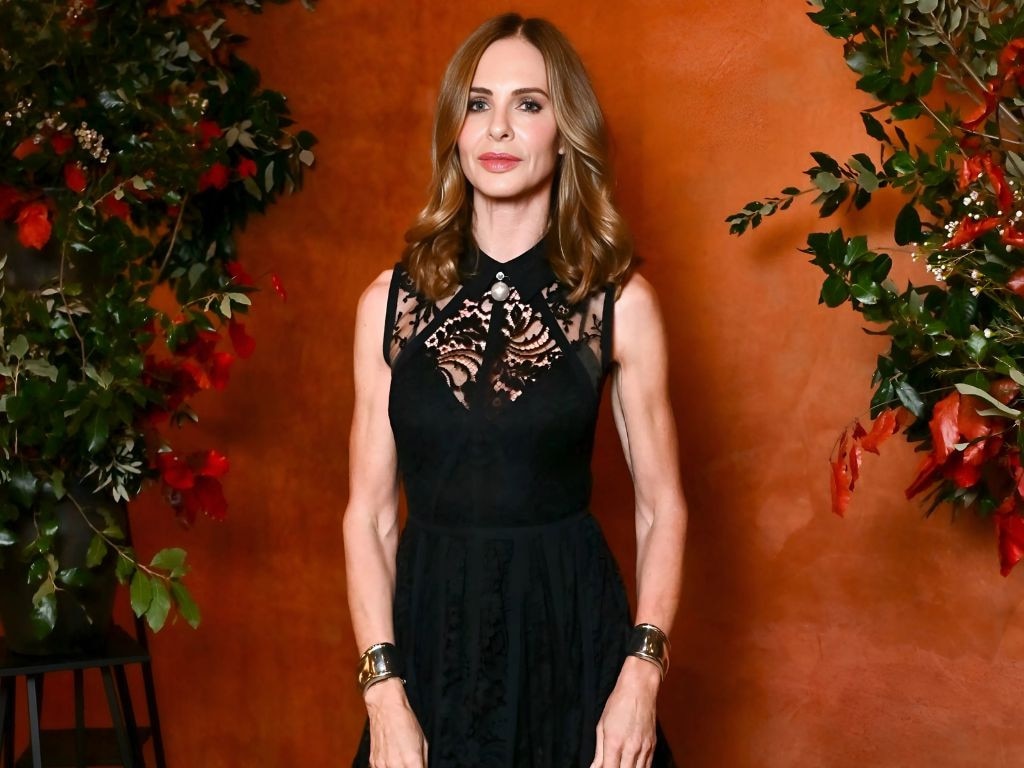
To join the conversation, please log in. Don't have an account? Register
Join the conversation, you are commenting as Logout